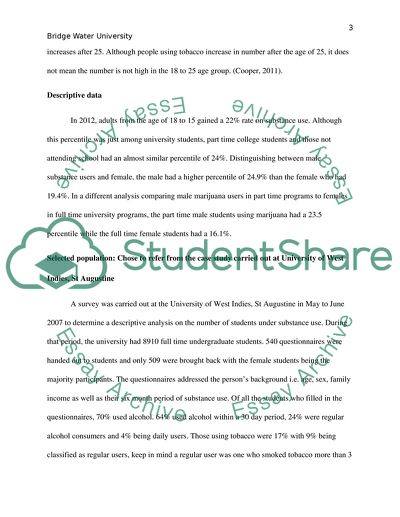Cite this document
(“Social Work Class- Substance Use Awareness College Campus Students-- Research Paper”, n.d.)
Social Work Class- Substance Use Awareness College Campus Students-- Research Paper. Retrieved from https://studentshare.org/psychology/1635248-social-work-class-substance-use-awareness-college-campus-students-macro-info
Social Work Class- Substance Use Awareness College Campus Students-- Research Paper. Retrieved from https://studentshare.org/psychology/1635248-social-work-class-substance-use-awareness-college-campus-students-macro-info
(Social Work Class- Substance Use Awareness College Campus Students-- Research Paper)
Social Work Class- Substance Use Awareness College Campus Students-- Research Paper. https://studentshare.org/psychology/1635248-social-work-class-substance-use-awareness-college-campus-students-macro-info.
Social Work Class- Substance Use Awareness College Campus Students-- Research Paper. https://studentshare.org/psychology/1635248-social-work-class-substance-use-awareness-college-campus-students-macro-info.
“Social Work Class- Substance Use Awareness College Campus Students-- Research Paper”, n.d. https://studentshare.org/psychology/1635248-social-work-class-substance-use-awareness-college-campus-students-macro-info.


